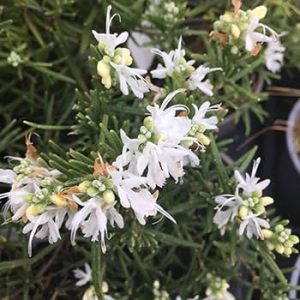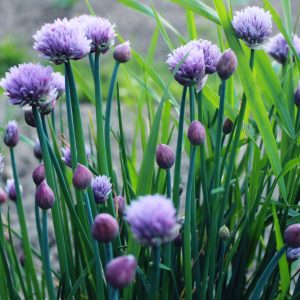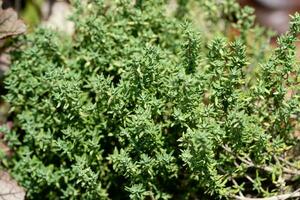Description
Hyssop (Hyssopus officinalis) is a semi-evergreen, aromatic herb native to Southern Europe and the Middle East. This compact shrub, reaching up to 60 cm in height, features woody stems and narrow, lance-shaped green leaves. In summer, it produces spikes of vibrant blue to purple flowers that attract bees and butterflies, making it a valuable addition to pollinator-friendly gardens.
Thriving in full sun and well-drained, slightly alkaline soils, hyssop is drought-tolerant once established. It can be propagated from seeds or cuttings and benefits from regular pruning to encourage bushier growth and prolonged blooming. Suitable for borders, herb gardens, and containers, hyssop also serves as an effective companion plant due to its pest-repellent properties.
Culinarily, hyssop’s minty, slightly bitter leaves and flowers are used sparingly to flavor salads, soups, and liqueurs such as Chartreuse. Medicinally, it has been traditionally employed for its expectorant and antiseptic qualities, aiding in the relief of respiratory ailments like coughs and bronchitis. However, due to the presence of thujone, its essential oil should be used with caution, as high doses may be toxic.
In South Africa’s Mediterranean climates, such as Cape Town, hyssop adapts well, offering both ornamental beauty and practical uses in the garden.






